April 15, 2025 | 11:55 GMT +7
April 15, 2025 | 11:55 GMT +7
Hotline: 0913.378.918
April 15, 2025 | 11:55 GMT +7
Hotline: 0913.378.918

This microalgae product, developed by Kamino Algae Technologies Inc., offers an alternative feed for hatcheries, allowing them to continue their production amid unpredictable weather conditions.
The competition was held at the Asian Institute of Management (AIM) in Makati and was participated by local startup companies and students from various state colleges and universities.
This microalgae product, developed by Kamino Algae Technologies Inc., offers an alternative feed for hatcheries, allowing them to continue their production amid unpredictable weather conditions.
“Kamino has been doing R&D [Research and Development] since 2017 and we focused on creating a quality product, a scalable process, and a profitable business,” its president Milo Alejo said.
All about Zinaya
The company’s product, Zinaya Algal Paste, is said to have improved the survival rates among products in hatcheries during the early-stage nutrition of their aquacultures.
The normal 20 percent survival rate for shrimp, increased to 30-70 percent after using the algal paste. Meanwhile, the survival rate for milkfish also increased from 20 percent to 50-80 percent, based on the company’s findings from their customers.
The usual seven to eight runs per year on these hatcheries, nearly doubled after using the algal paste due to its consistency in supply and quality.
“Because we are able to produce it consistently and [it is] readily available, they are now producing 13 to 15 runs in a year,” Alejo explained.
Their product can be bought in two forms: frozen and chilled. Their frozen algal paste, 0 to –10 degrees Celsius, can last up to 18 months as long as it is stored in a freezer while their chilled algal paste, 5 to 15 degrees Celsius, can last up to 4 months.
Currently, there are only two algal pastes produced locally in the Philippines. Kamino Algae Technologies Inc. supplies six government-owned and three privately-owned hatcheries, totaling to nine nationwide.
“The fact that we have now two products in the country is a recognition of the requirement that we need something like this to boost our industry, particularly [the] aquaculture sector,” he said.
During typhoons
The Philippine Atmospheric, Geophysical and Astronomical Services Administration (PAGASA) notes that there is an average of 20 tropical cyclones (TCs) in the Philippines per year, with about 8 or 9 of them crossing the country.
During unpredictable weather conditions and natural disasters, hatcheries have found it difficult to continue their production since their usual live microalgae feed is difficult to cultivate, prone to contamination, and dependent on weather conditions.
Compared to the usual feed currently used by the majority of hatcheries in the country, the algal paste can easily be stored and used without compromising its quality.
On one occasion that the algal paste proved to be useful was after the onslaught of Typhoon Paeng (international name: Nalgae) last month that left millions of Filipinos affected and four regions in the country placed under the state of calamity.
Romualdez: 2023 budget to be tweaked for Paeng victims
Alejo shared that one customer was scrambling to look for feeds for his shrimp hatchery after the typhoon destroyed and contaminated his live microalgae tanks.
“Naipadala namin ‘yung produkto in less than two days. Back in [the] running siya, naisalba ‘yung kanyang production, nailabas din ‘yung kailangan niya,” he said.
Alejo added that the company also offers a credit line for hatchery producers who are unable to pay immediately, in consideration of their facilities being damaged by a typhoon.
Future of aquaculture
After winning the Agri-Aqua Innovation Challenge of the DOST-PCAARRD, Alejo said they plan on using the prize money to create a website and make their product more accessible to potential customers nationwide since they are only currently selling these products through Facebook and LinkedIn.
He adds that competitions and learning opportunities like these should continue in the next years to come, to enrich the aquaculture sector of the country.
“Sana ipagpatuloy nila. Sana makahikayat pa sila ng mas maraming entrepreneurs out there,” he said.
Beyond this, he also hopes that more Filipinos would dabble on this kind of career, believing that partaking in the improvement of our aquaculture can also ensure our food security.
“The country needs something new to boost our food security. We really think that more than just the aqua feeds, the other products we are lining up...all coming from microalgae are definitely new ways to improve the way of life,” he said.
(News.abs-cbn.com)
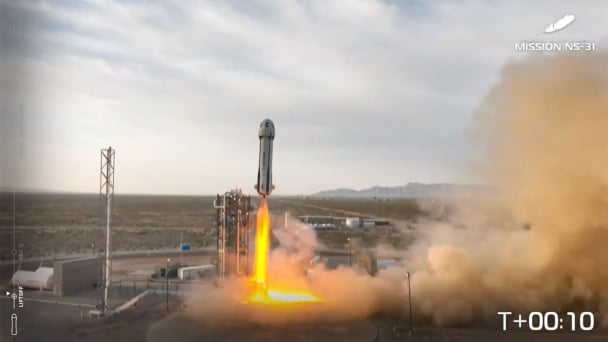
(VAN) 169 lotus seeds selected by the Vietnam Academy of Agricultural Sciences were carried into space by Vietnamese-American astronaut Amanda Nguyen.
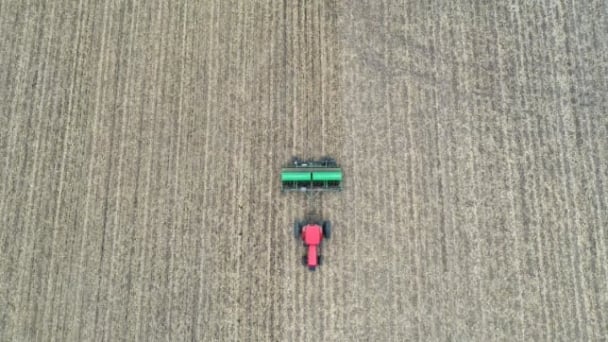
(VAN) Tariffs are making life more expensive for John Pihl. He's been farming in Northern Illinois for more than 50 years.
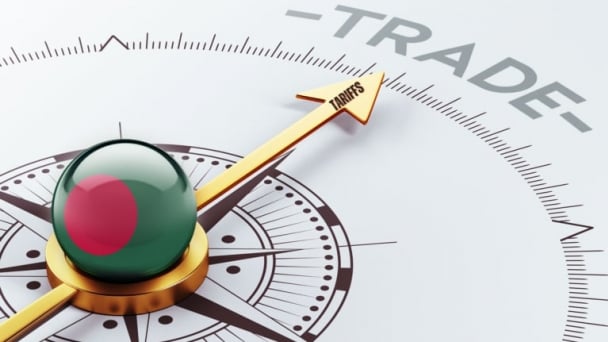
(VAN) European and American farmer organisations are concerned about the import tariffs that the United States introduced on 9 April for products from the European Union. This makes them 20% more expensive.

(VAN) Global poultry trade is expected to remain strong amid relatively tight global protein supply and growing consumption, RaboResearch concludes in its latest animal protein report.
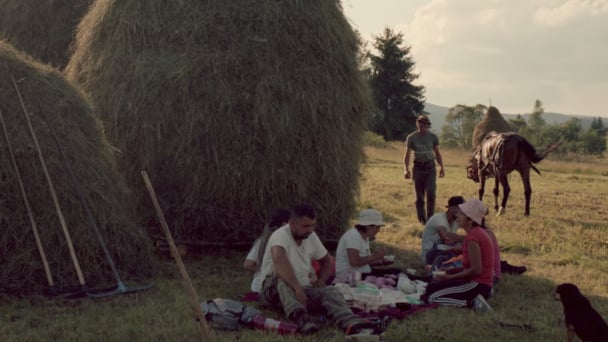
(VAN) Traditional methods benefit hundreds of species but as new agricultural techniques take over, the distinctive haystacks mark a vanishing way of life.

(VAN) The nation’s top banks are quietly advising their clients on how to build a financial life raft - or perhaps life yacht - from the wreckage of runaway climate change.
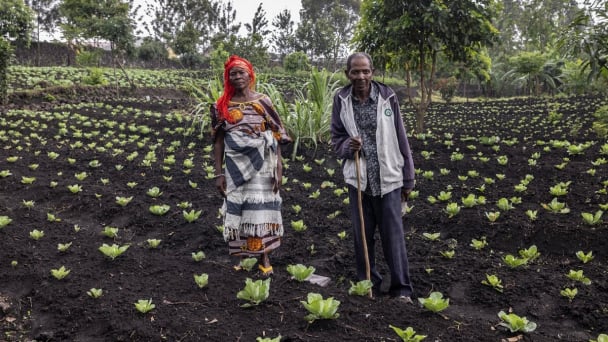
(VAN) From FAO Office in the Democratic Republic of the Congo.